The new Learning Community at Yew Chung International School of Beijing (YCIS Beijing) has been designed by specialists in educational architecture to maximize the opportunities for student-centered learning. But beyond all the big words, what’s it actually like for the kids who study there? I ventured down to YCIS Beijing to find out.
The lesson begins traditionally enough, as the whole year gathers in front of a big screen.
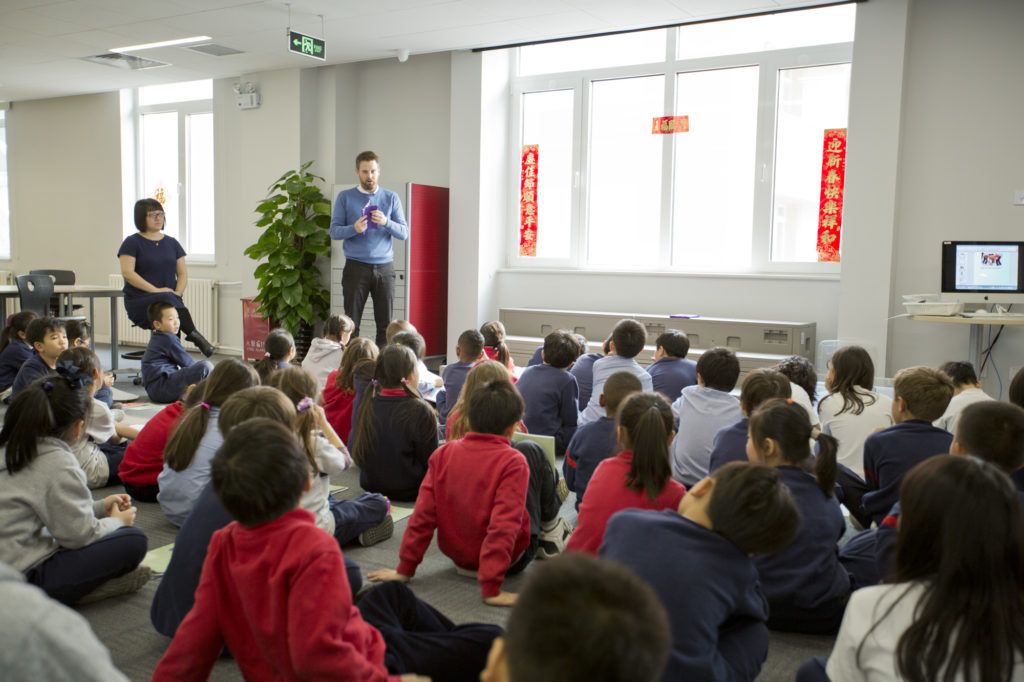
“Tomorrow,” the teacher says, “we’re going on a…”
“FIELD TRIP!” the students chorus.
The teachers explain, in English and Chinese, how they’re going to use the trampolines to carry out science experiments. Today, they’ll be making predictions about the outcomes: for example, what body shape do I need to make to bounce the highest?
It’s when they’ve been given their task that things get interesting, as teachers and students disperse to different areas of the Learning Community. To find out what’s going on, I talk to a small group: Emma, Gerome, Joseph, Milki, Olivia, Shaun, and Sheridan.
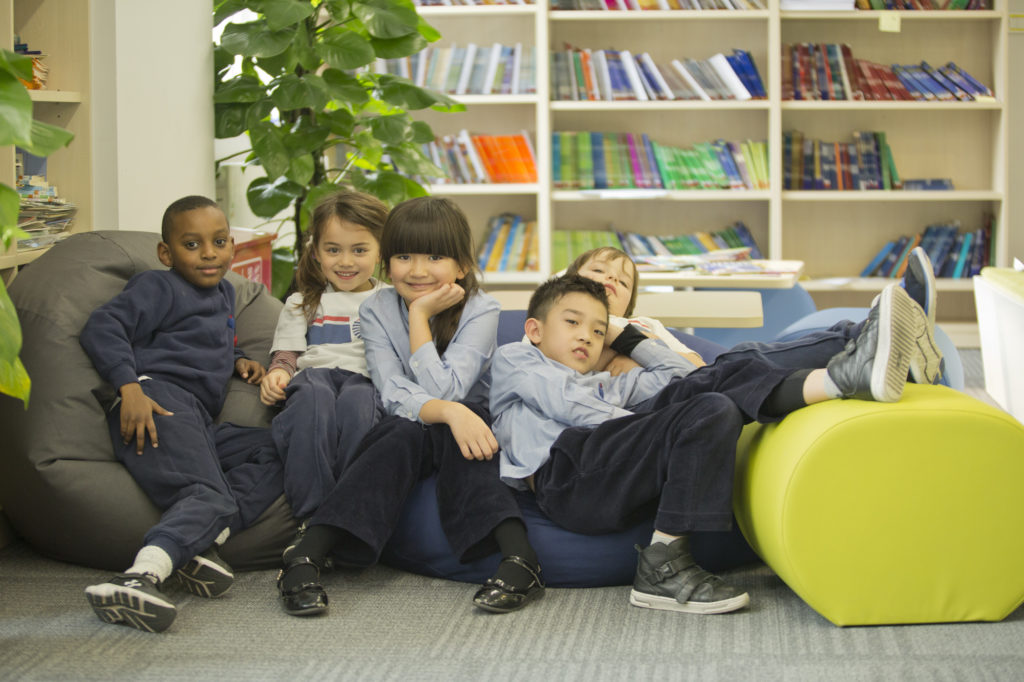
Some of my interviewees show off the comfy Lounge
“Last year you were in a classroom,” I say, “this year you’re in a Learning Community. What’s the difference?”
“It’s a bigger space,” Olivia says, and Emma adds: “Some walls you can write on.”
“We get together a lot more,” Joseph says. “We all work together and help each other, we communicate, and get to know students in other classes.”
For Gerome, this has been a good thing socially as well as educationally.
“When I was new here last year,” he tells me, “I only got to know my classmates. Now I know a lot more people.”
“So it’s definitely different,” I say. “Is it better or worse?”
“BETTER!” comes the unanimous (and enthusiastic) shout.
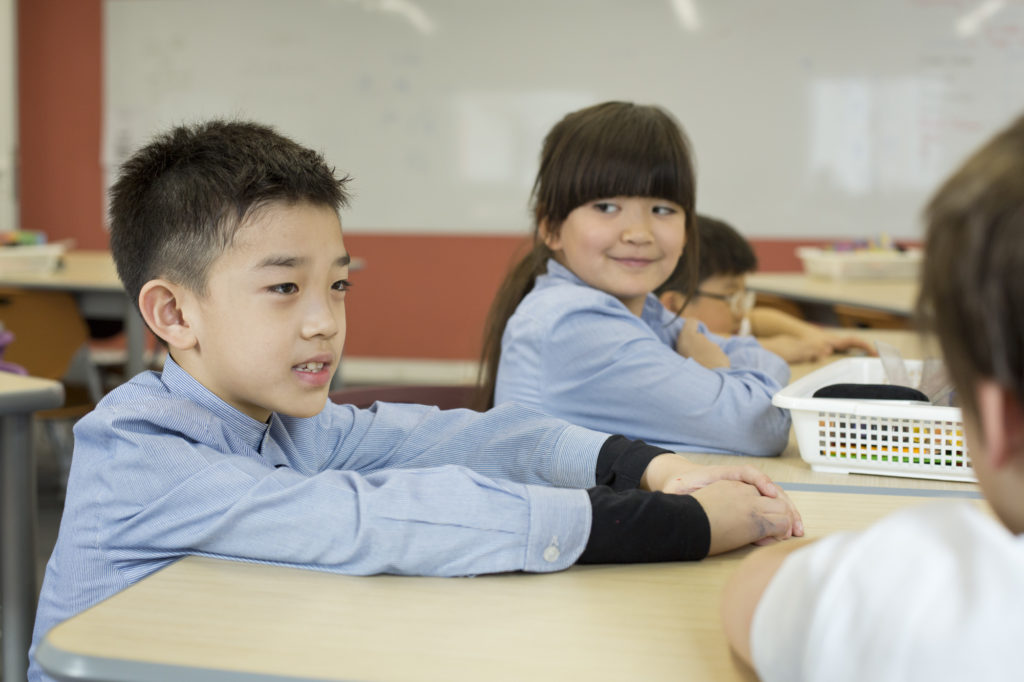
“It’s more organized here,” Gerome says. “In Year 2 we’d put our books in places we can’t even remember!”
“It’s a lot quieter,” Joseph says, “because it’s a bigger space,” and Milki agrees:
“Last year we had to shut the door, and even then you could still hear the noise.”
“You can concentrate,” Joseph continues, “it’s a better place for studying hard.”
I ask the kids to tell me about some of the different spaces in the Learning Community.
“The Amphitheater is the common place where we all meet up and talk about what we’re going to do,” they tell me, although “amphitheater” is a hard word to pronounce properly, and they have a giggle about their efforts, before using its Chinese name: 杏坛 (Xìng Tán). It’s named, I learn, after the place under an apricot tree where Confucius used to teach his pupils. But there are many other areas in the Learning Community.
“The Maker’s Space is where you create things.” Sheridan tells me.
“Also you can lie with your book on the floor and concentrate,” Shaun adds.
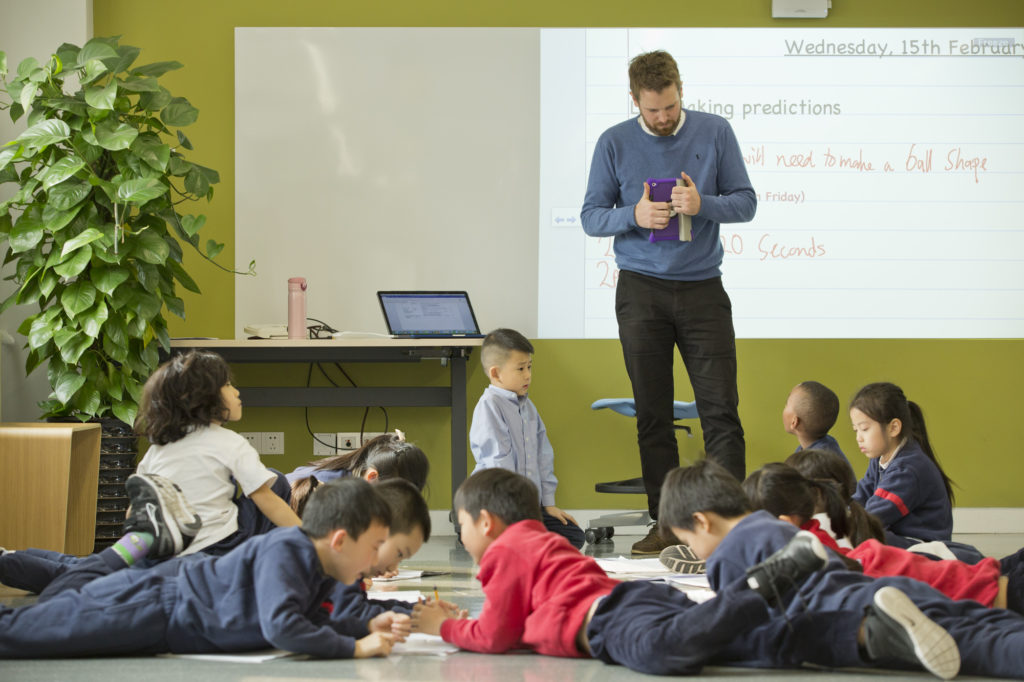
“The Lounges are filled with cushions.”
Joseph: “The Lounge is a good place for working because it’s comfy. If you have worries, you can go there to forget them. I like going there to be quiet.”
For a group of seven- and eight-year-olds, they’re impressively thoughtful about the learning process, and how they use the space. They show me round, proudly pointing out all the books and places to read.
Meanwhile the rest of Year 3 are working in pairs or groups. I find two boys who are deep in discussion about their predictions, and ask them if they like collaborating.
“Yes,” one says, “we made a lot of effort right now.”
The teacher is impressed with their work too.
“I really love the answer you gave for number 5,” she says. “You used your knowledge – ‘mass’ is a proper scientific word.”
She takes them over to another group, who are making less rapid progress.
“You’ll be the guides,” she says. “Listen to their conversation and help them.”
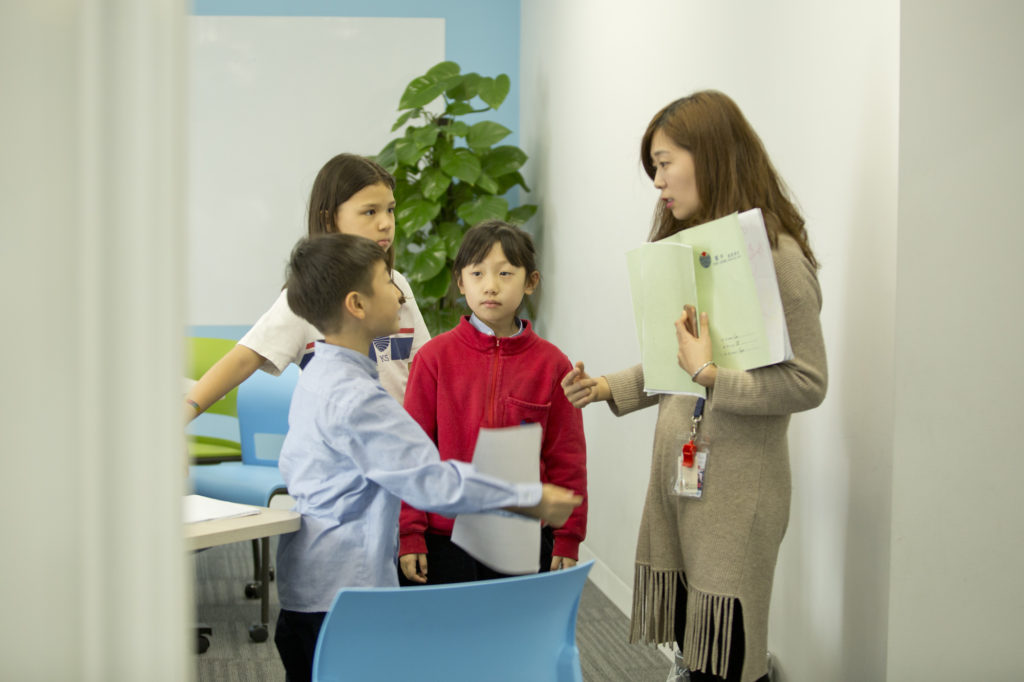
Similar conversations are happening across the Learning Community, and I realize that the children were right about the acoustics of the space: despite all the different voices, the atmosphere is quiet and studious.
At the end of the lesson the year group gather again in the Xìng Tán, to review their work and plan the experiments which will test them. I leave, concluding that one experiment has certainly been a triumph: YCIS Beijing’s bold move in reshaping the space in which students learn.
If you would like to attend YCIS Beijing’s Open Day on the Learning Community on March 2, please register at Yoopay or RSVP through info@bj.ycef.com.
This post is sponsored by YCIS Beijing.
Photos: Uni You

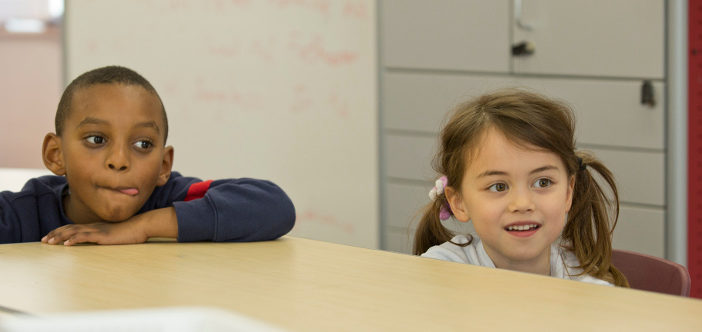



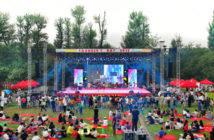
2 Comments
Jerome is meant to be starting with a G.. I know this since he is my brother
Thanks Alicia, and apologies for the error! It’s pretty unforgivable too, as he’s a friend of my son. I’ll correct it immediately.